LET·S READ - Hemodynamic Monitoring :手术麻醉患者使用的监测 3-1
作者:米勒之声
参考书籍:Hemodynamic Monitoring made Incredibly Visual !
Cardiopulmonary anatomy and physiology心肺解剖生理学 I
Understanding the pulmonary system 了解肺系统 (A)
The pulmonary system delivers oxygen to the bloodstream and removes excess carbon dioxide from the body. The alveoli are the gas-exchange units of the lungs. The lungs in a typical adult contain about 300 million alveoli.
肺系统将氧气输送到血液中,并清除体内多余的二氧化碳。肺泡是肺的气体交换单位。一个典型的成年人的肺中含有大约3亿个肺泡。
展开全文
Respiration呼吸
Effective respiration requires gas exchange in the lungs (external respiration) and in the tissues (internal respiration). Three external respiration processes are needed to maintain adequate oxygenation and acid–base balance:
1. Ventilation (gas distribution into and out of the pulmonary airways)
2. Pulmonary perfusion (blood flow from the right side of the heart, through the pulmonary circulation, and into the left side of the heart)
3. Diffusion (gas movement from an area of greater concentration to an area of lesser concentration through a semipermeable membrane) Blood enters the pulmonary cap deoxygenated which has lower partial pressure of O2 in inhaled alveolar air
有效的呼吸需要肺(外部呼吸)和组织(内呼吸)中的气体交换。需要三个外部呼吸过程来维持足够的氧合和酸碱平衡:1。通气(气体分布进出肺气道)2。肺灌注(血液从心脏右侧流出,通过肺循环,进入心脏左侧)3。扩散(气体通过半透膜从浓度较高的区域移动到浓度较低的区域)血液进入肺帽缺氧,吸入肺泡空气中的氧气分压较低
通气、肺灌注和扩散是 -
充分氧合和酸碱平衡的三个过程
Ventilation 通气
Breathing, or ventilation, is the movement of air into and out of the respiratory system. During inspiration, the diaphragm and external intercostal muscles contract, causing the rib cage to expand and the volume of the thoracic cavity to increase. Air then rushes in to equalize the pressure. During expiration, the lungs passively recoil as the diaphragm and intercostal muscles relax, pushing air out of the lungs.
呼吸,或通风,是空气进出呼吸系统的运动。吸气时,横膈肌和外肋间肌收缩,导致胸腔扩张,胸腔体积增加。然后空气冲进来以平衡压力。在呼气时,当横膈膜和肋间肌放松时,肺部被动地反冲,将空气推出肺部。
Pulmonary perfusion 肺灌注
Blood flow through the lungs is powered by the right ventricle. The right and left pulmonary arteries carry deoxygenated blood from the right ventricle to the lungs. These arteries divide to form distal branches called arterioles, which terminate as a concentrated capillary network in the alveoli and alveolar sac, where gas exchange occurs.
Venules—the end branches of the pulmonary veins—collect oxygenated blood from the capillaries and transport it to larger vessels, which carry it to the pulmonary veins. The pulmonary veins enter the left side of the heart and distribute oxygenated blood throughout the body.
肺灌注通过肺部的血液流动由右心室提供动力。左右肺动脉将脱氧血液从右心室输送到肺。这些动脉分裂形成远端分支,称为小动脉,最终在肺泡和肺泡囊中形成一个集中的毛细血管网络,在那里发生气体交换。小静脉是肺静脉的末端分支,它从毛细血管中收集含氧的血液,并将其输送到更大的血管中,再将其输送到肺静脉。肺静脉进入心脏左侧,将含氧血液分布到全身。
Diffusion 扩散
Blood in the pulmonary capillaries gains oxygen and loses carbon dioxide through the process of diffusion (gas exchange). In this process, oxygen and carbon dioxide move from an area of greater concentration to an area of lesser concentration through the pulmonary capillary, a semipermeable membrane. This illustration shows how the differences in gas concentration between blood in the pulmonary artery (deoxygenated blood from the right side of the heart) and alveolus make this process possible. Gas concentrations depicted in the pulmonary vein are the end result of gas exchange and represent the blood that is delivered to the left side of the heart and systemic circulation.
肺毛细血管中的血液通过扩散过程(气体交换)获得氧气,失去二氧化碳。在这个过程中,氧气和二氧化碳通过肺毛细血管,即一种半透膜,从一个较高浓度的区域移动到一个较低浓度的区域。这张图显示了肺动脉(来自心脏右侧的缺氧血)和肺泡之间的血液气体浓度的差异如何使这一过程成为可能。肺静脉中所描述的气体浓度是气体交换的最终结果,并代表了被输送到心脏左侧和体循环的血液.
LET·S READ - Hemodynamic Monitoring
本文转载自其他网站,不代表健康界观点和立场。如有内容和图片的著作权异议,请及时联系我们(邮箱:guikequan@hmkx.cn)

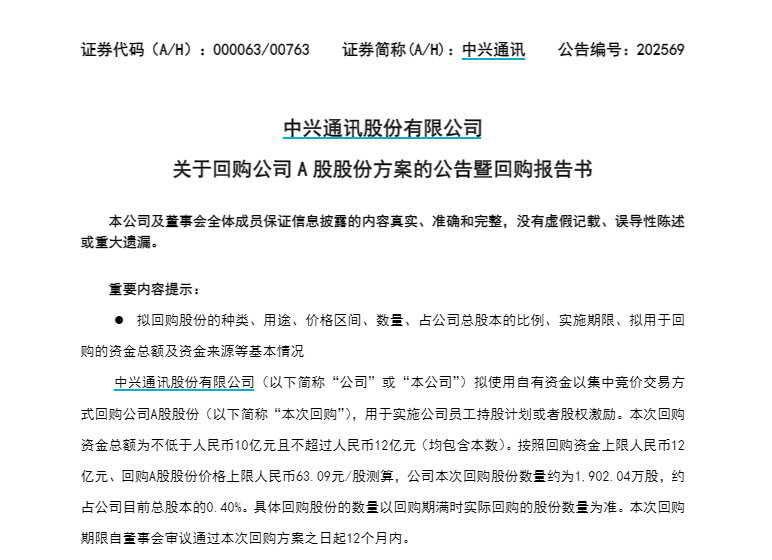
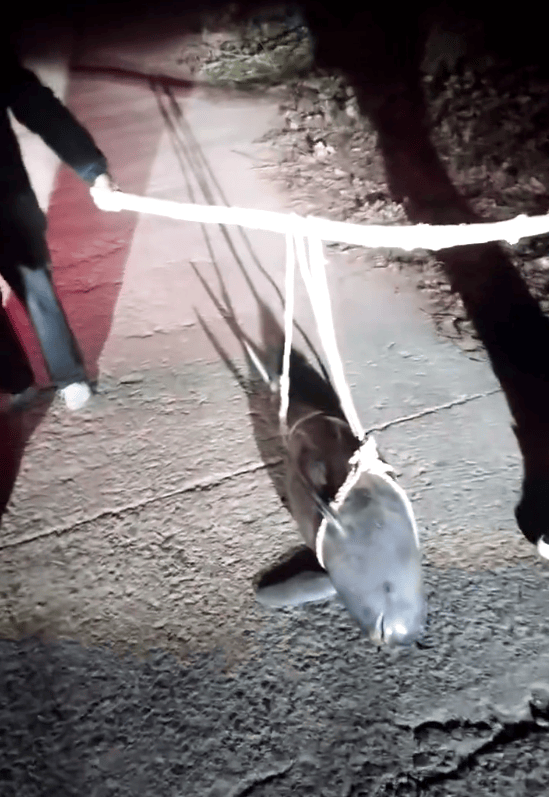
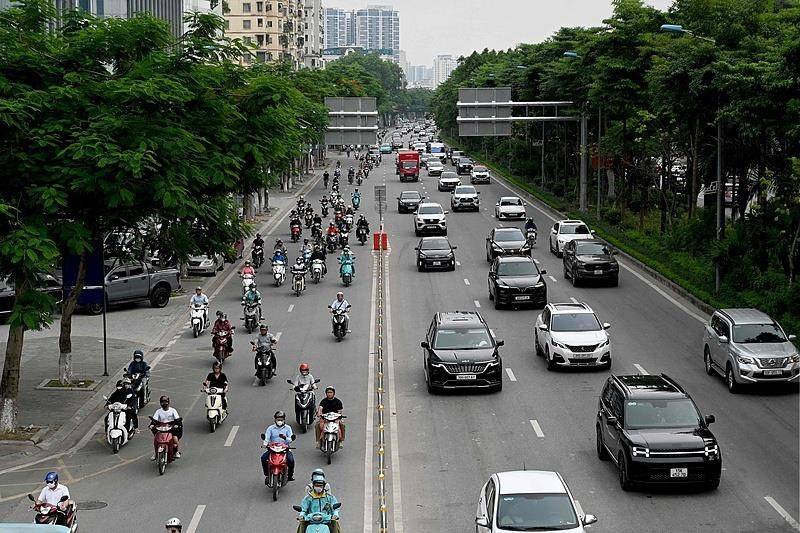
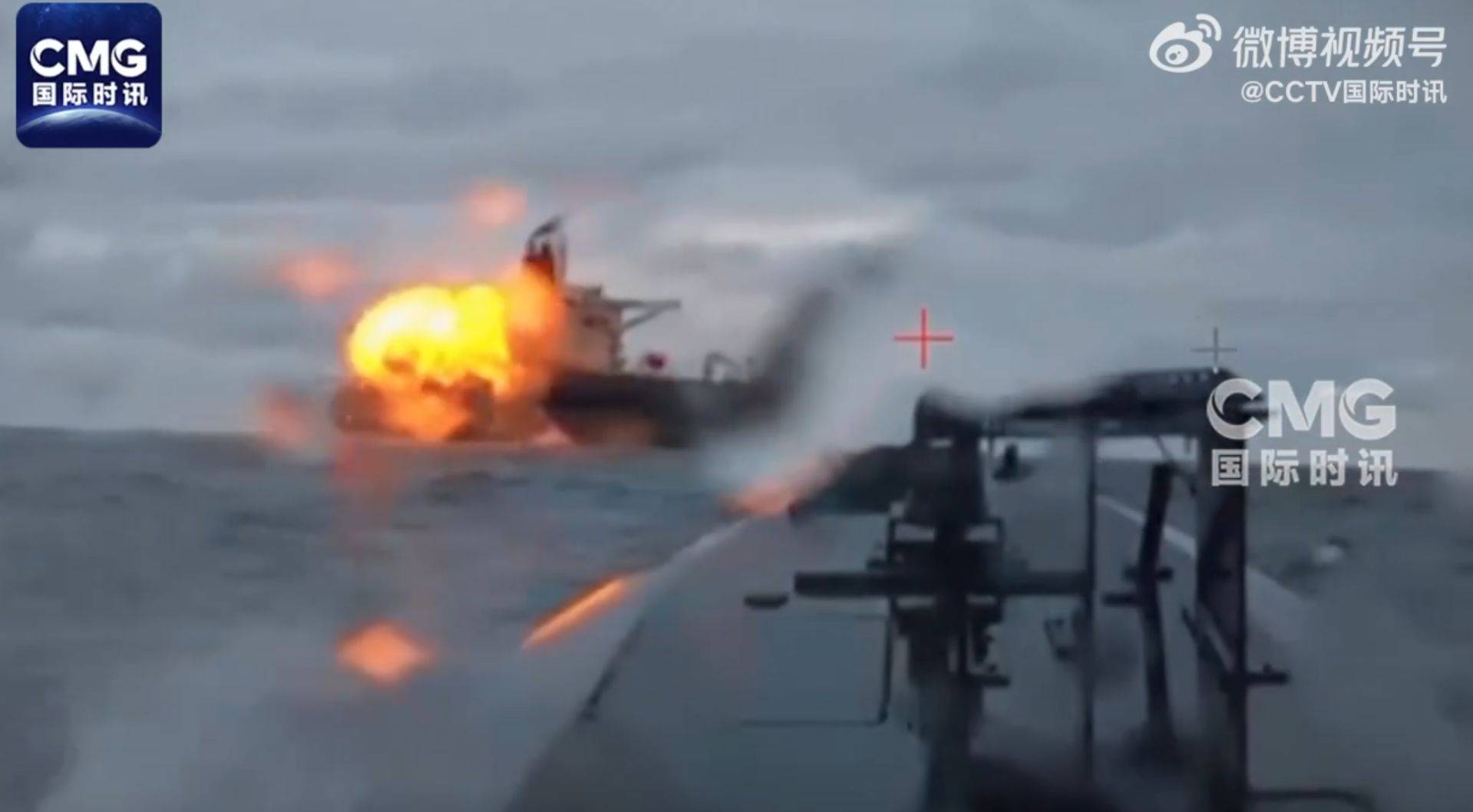
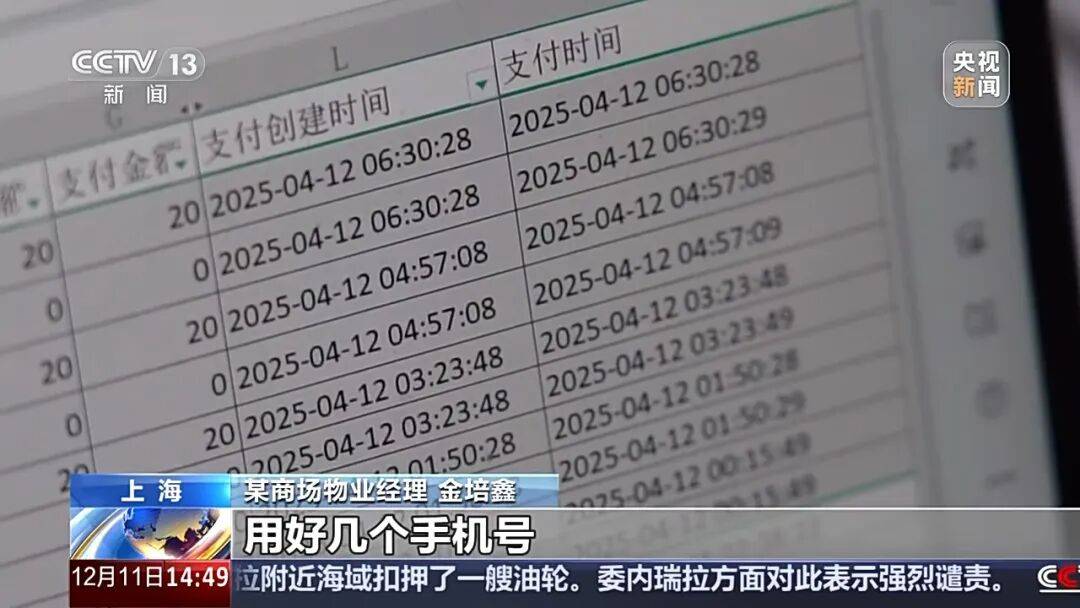
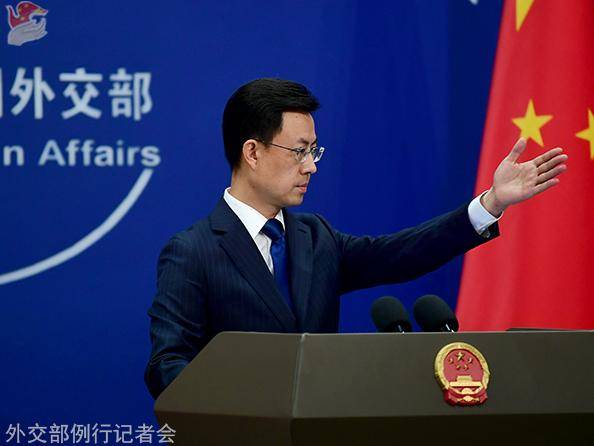
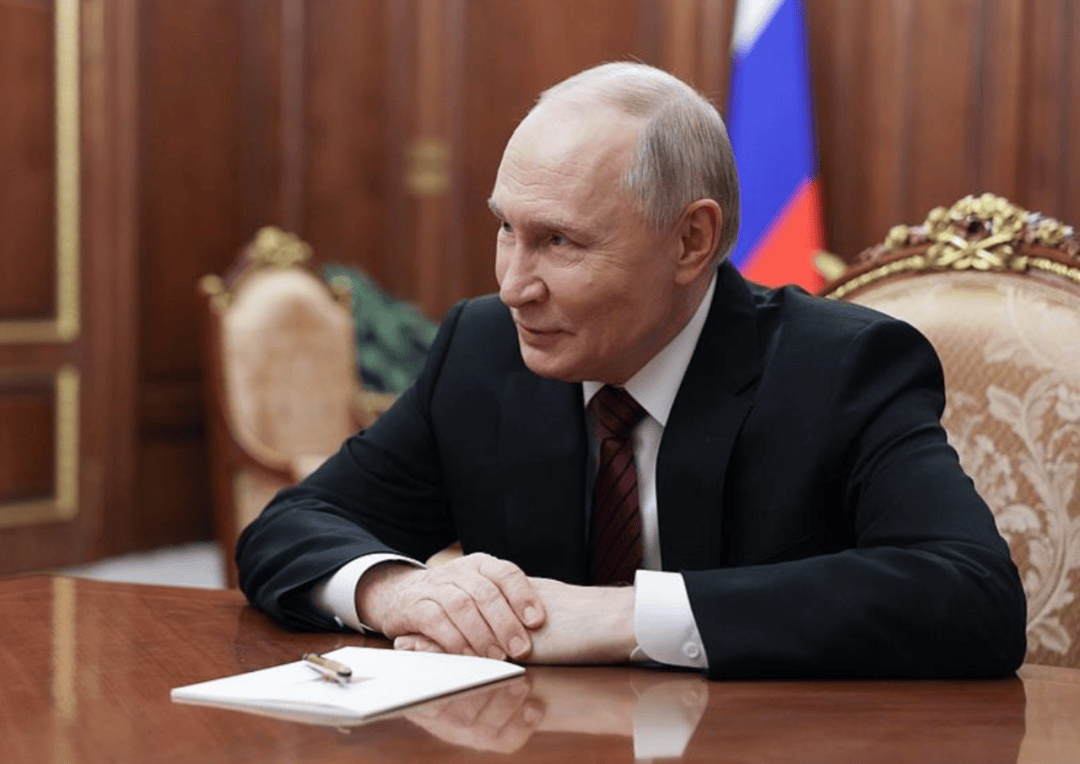
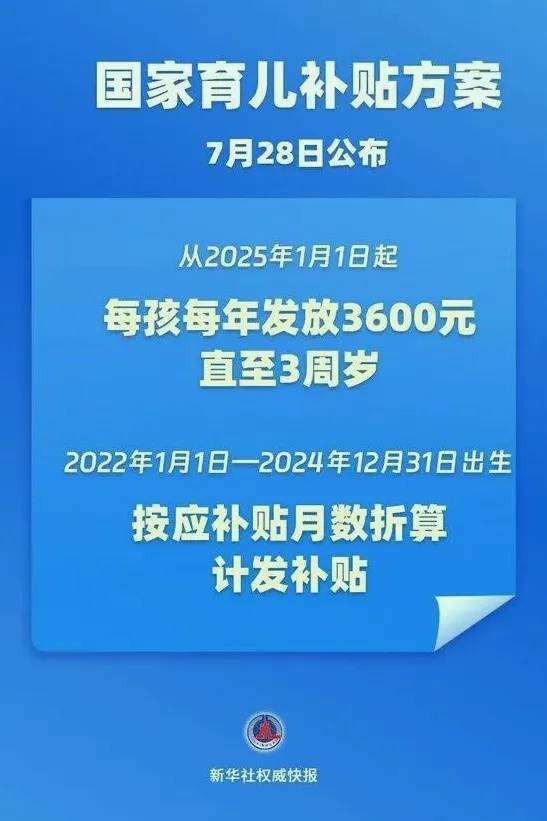
评论